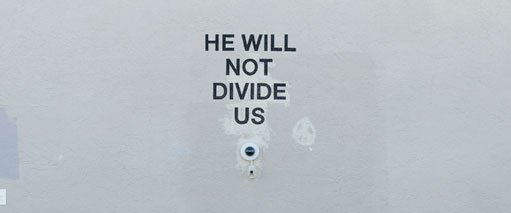Culture Shock: Divided We Stand
Collected Responses To Shia Laboeuf's “He Will Not Divide Us”


Eric Williams Photography
Latest Article|September 3, 2020|Free
::Making Grown Men Cry Since 1992


Eric Williams Photography


